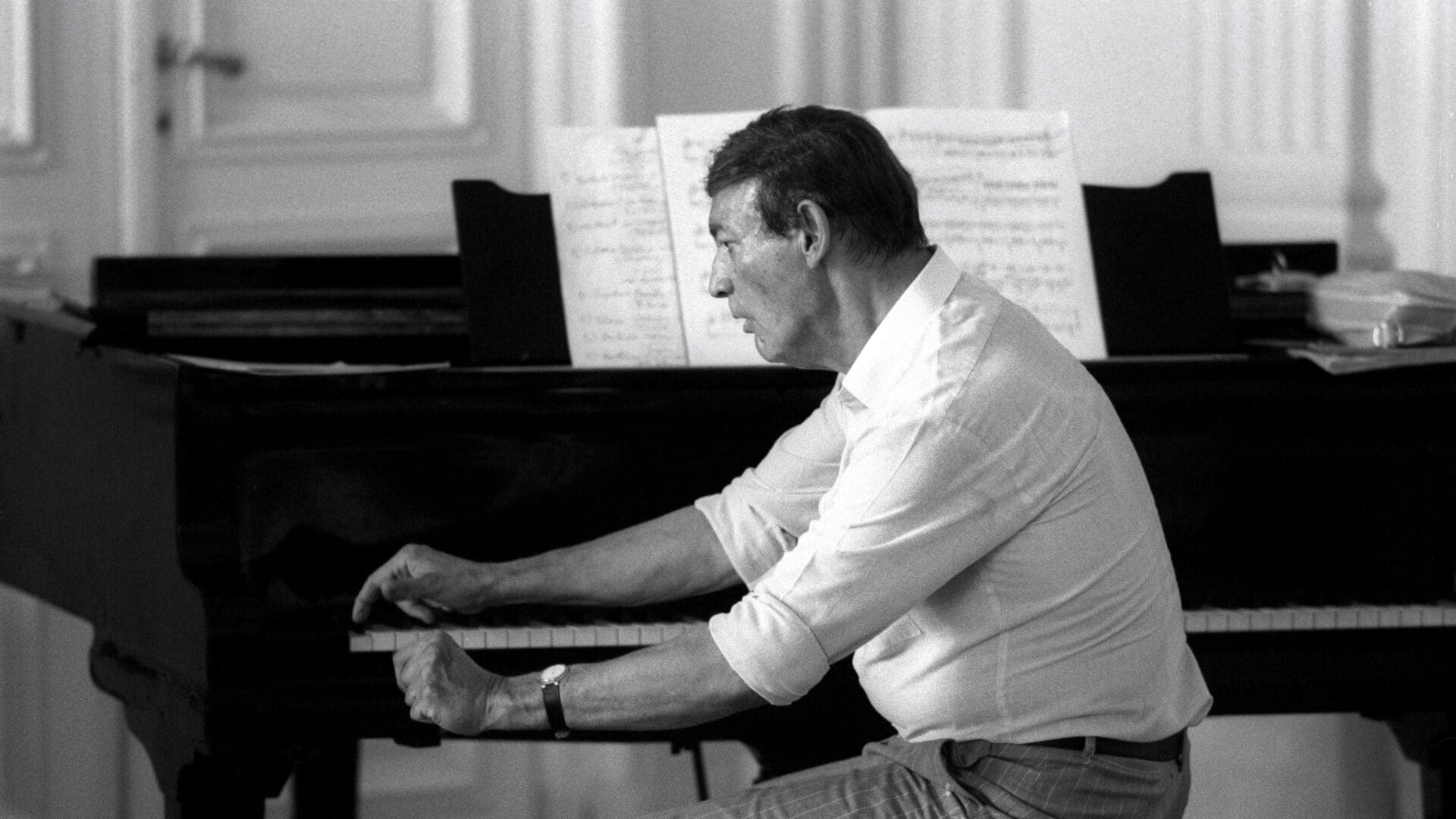The Cziffra Festival, named after acclaimed Hungarian-born virtuoso pianist and composer György Cziffra, began on Thursday, showcasing artworks and secret service files, with three exhibitions available for viewing even after the festival’s closing concert on Sunday.
At the MOMkult Reich Károly Gallery, visitors can explore the exhibition titled DOOMY, featuring the works of Bálint Mihályi, winner of the Cziffra Festival’s fine arts competition. The exhibition focuses on virtuality, and will be open for viewing until 31 March, as announced by the organizers on Thursday.
The Hegyvidék Gallery hosts an interdisciplinary and interactive project titled Soundweaving presenting the works of Zsanett Szirmay. Drawing inspiration from Hungarian folk embroidery motifs, the artist translates them into large-scale installations that can also be interpreted as playable melodies. This exhibition will be on display until 13 March.
In addition to the visual arts, history enthusiasts are also invited to the exhibition titled What Does the Cziffra File Conceal? — The Emigrant Pianist: György Cziffra and State Security at the Historical Archives of the State Security Services. This exhibition provides insight into previously classified documents, shedding light on György Cziffra’s encounters with the Hungarian state security. In 1950, Cziffra attempted to defect from Hungary with his wife and son but was apprehended. While his wife and he received lengthy prison sentences, their son was placed in a foster home. Thus began Cziffra’s interaction with Hungarian state security, documented in the relevant files preserved in the Historical Archives of the State Security Services.
The exhibition, open until 14 September,
utilizes numerous previously unpublished documents and sources,
primarily archival records and photographs, to illustrate various periods of György Cziffra’s life and art, as well as the workings of state security. The exhibition is complemented by discussions and lectures organized with the participation of renowned artists and historians.
All three exhibitions are free to visit. For further details about the programmes, please refer to the Cziffra Festival’s website.
Cziffra was born into a family of Gypsy musicians in Budapest. Ernő Dohnányi (Ernst von Dohnányi) discovered him when he was eight. Cziffra commenced his studies at the Franz Liszt Music Academy in 1930, and soon embarked on a promising career as a pianist, but his life was first shattered by the World War and captivity in Russia, then by three years of imprisonment and forced labour following his arrest after the unsuccessful attempt to defect in 1950.
Struggling as a bar pianist, Cziffra resurfaced on stage in the mid-1950s with the help of colleagues and friends, making recordings and receiving the Liszt Prize. Then, in September 1956, he was asked to step in as the soloist for Bartók’s incredibly complex 2nd piano concerto. On 22 October 1956, a raging success greeted the performance at the Erkel Theatre, and after the concerto, Cziffra played the Rákóczi March as an encore five times. For a moment, the history of music and revolution intertwined;
the border opened the next day, and Cziffra emigrated to Paris with his family.
The soaring success of the following years stood in stark contrast to the trials of the previous decade. Cziffra soon became one of the most sought-after pianists of his time, with orchestras and concert halls vying for his performances: the Carnegie Hall, the Royal Festival Hall, the Hollywood Bowl, or the Tonhalle, among others. At the age of sixty, another tragedy struck: he lost his only son, who was also a regular musical partner as a conductor, in an accident. Cziffra never performed with an orchestra again.
Cziffra’s legacy extends far beyond his recordings, charitable acts, or the knowledge passed on to his students. Following in the footsteps of Liszt and Dohnányi, he represents a performance tradition that is still free from the sterility of recorded music, yet imbued with the effortless improvisational agility and the innate ability to synthesize different styles that made the performances of the great artists of the 19th century so vibrant and individual. The essence of Cziffra’s life ideal and artistic creed is the same: the freedom of man and music.
Related articles:
Sources: Hungarian Conservative/MTI








